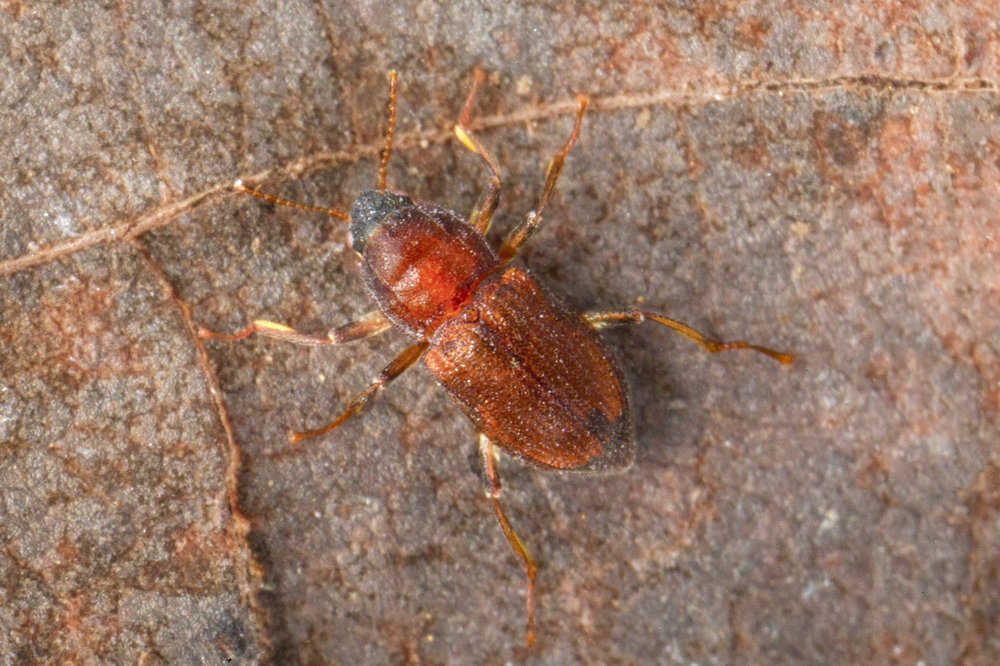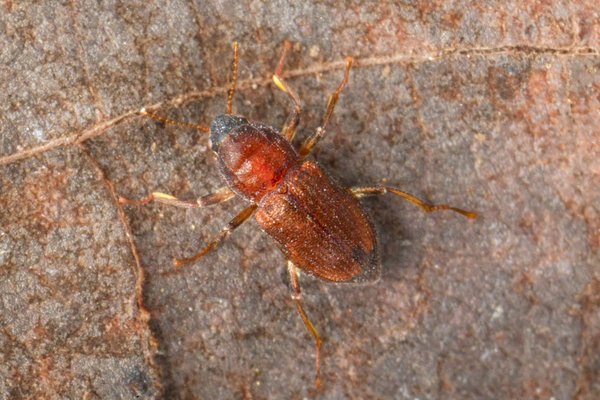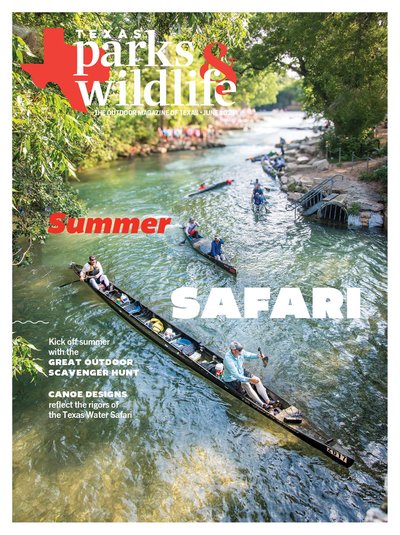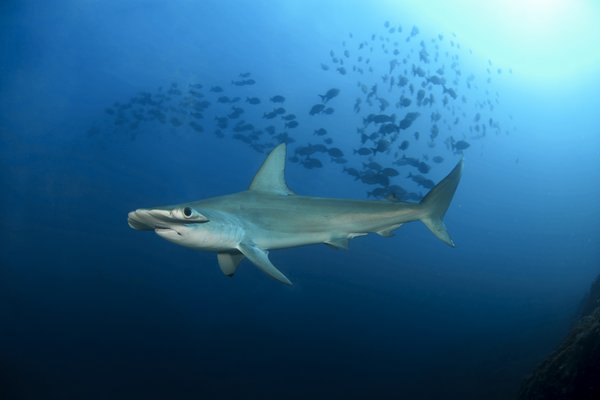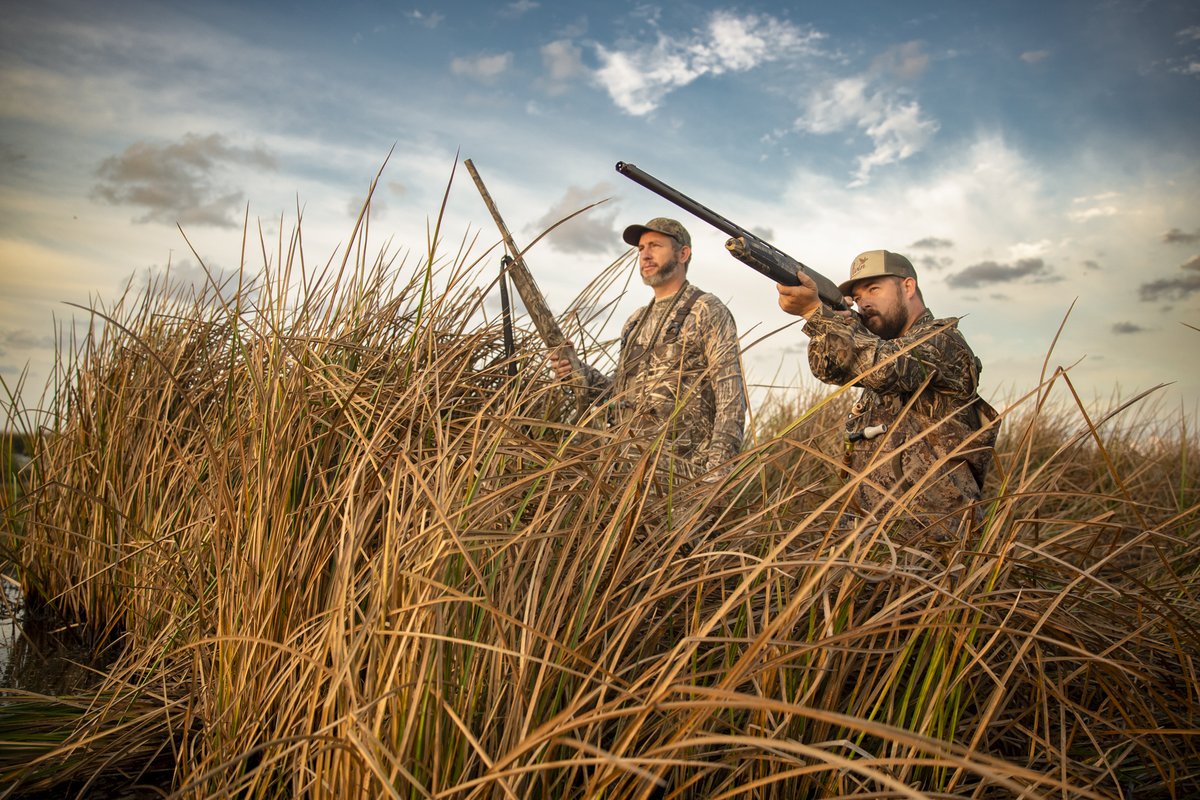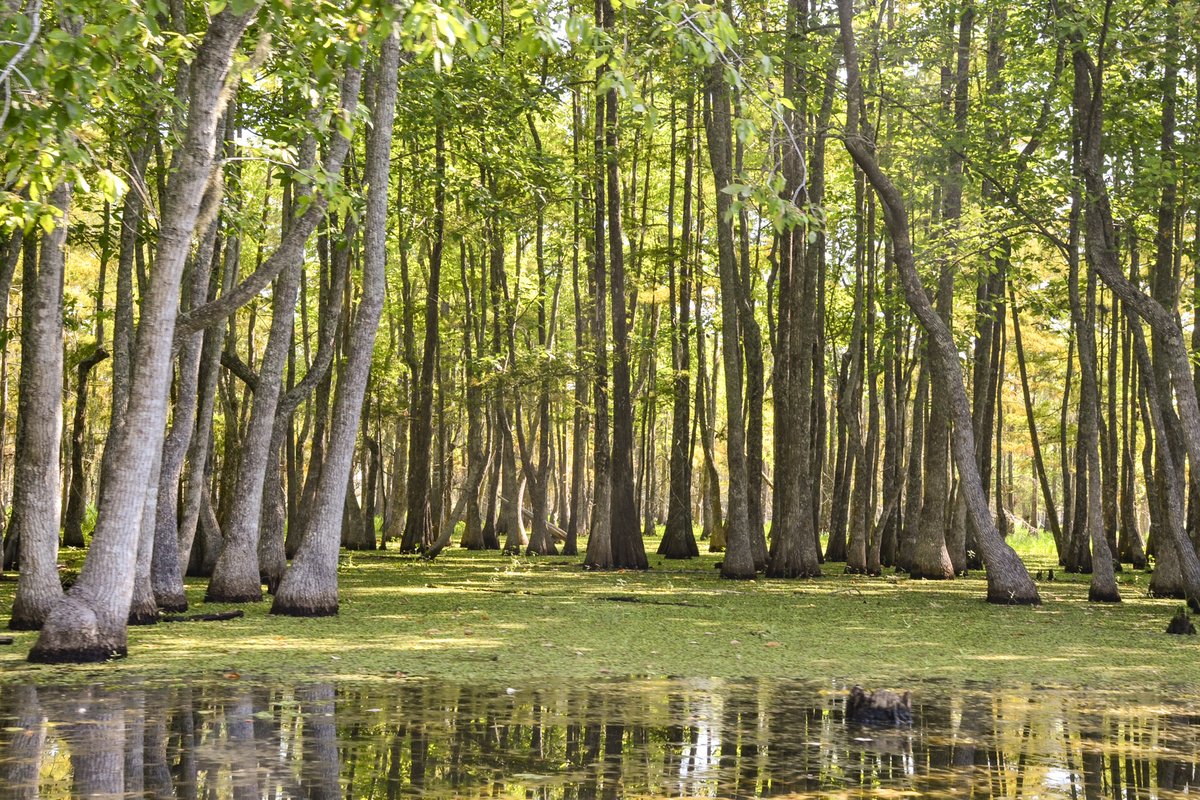Practically everyone has heard the phrase “survival of the fittest,” used by Charles Darwin (and originally coined by Herbert Spencer, a philosopher contemporary of his) to explain natural selection. It means that individuals that are more suited to a particular environment are more likely to survive than others less “fit” for it, and over time new species may emerge.
But Darwin and Spencer also realized that being the fittest is transitory and dependent on those external forces staying constant, and that if they were to adversely change, that species could perish.
This is the plight of the Comal Springs riffle beetle (Heterelmis comalensis) - a tiny aquatic beetle, found only in Texas, and restricted now to two freshwater springs. It is adapted to live in the cool, clear pristine waters emerging near the mouths of the springs. The beetles spend their entire lives there, exploiting an environmental niche that other animals cannot or do not.
Fittest for that ecosystem? Yes, as far as beetles go. But threats to its existence abound.
Found in Comal Springs in New Braunfels and San Marcos Springs in San Marcos, it depends on spring water from the Edwards Aquifer, which underlies layers of porous limestone beneath San Antonio and stretches 180 miles from east to west and up to 40 miles north to south. The aquifer has fallen in volume as human use has grown, with the demand for drinking and irrigation water outstripping the rate of natural replacement from rainwater. In addition, portions of the springs themselves have become polluted, and the Comal Springs riffle beetle's habitat has consequently shrunk. Coupled with other external factors like drought, which can dry or shrink the springs it lives in, the beetle's future is precarious.
It is easy to overlook, being only 2 mm in length, smaller than a grain of rice. The reddish-brown beetles live in the water close to the springs' mouths, tending to stay in depths from one to four inches. The beetles feed on organic matter, including biofilm, a matrix of organic materials made principally by bacteria, which coats leaves, rocks, pebbles and decaying logs and sticks. They do not fly, and sport small hindwings, further restricting their ability to disperse to new habitats when times become difficult.
Like all beetles, they undergo four life stages, with eggs laid on fallen leaves hatching into larvae, which are long and slender. These then pupate, changing from a wormlike grub to a six-legged, hard-shelled beetle.
Their habitats and the beetles themselves are protected, and recently scientists have found ways to successfully rear beetles in the laboratory. This will allow researchers to learn more about them and hopefully establish lab-grown colonies that can be used to supplement populations in the wild, allowing these tiny beetles to maintain their homes in the clear springs of Central Texas.
